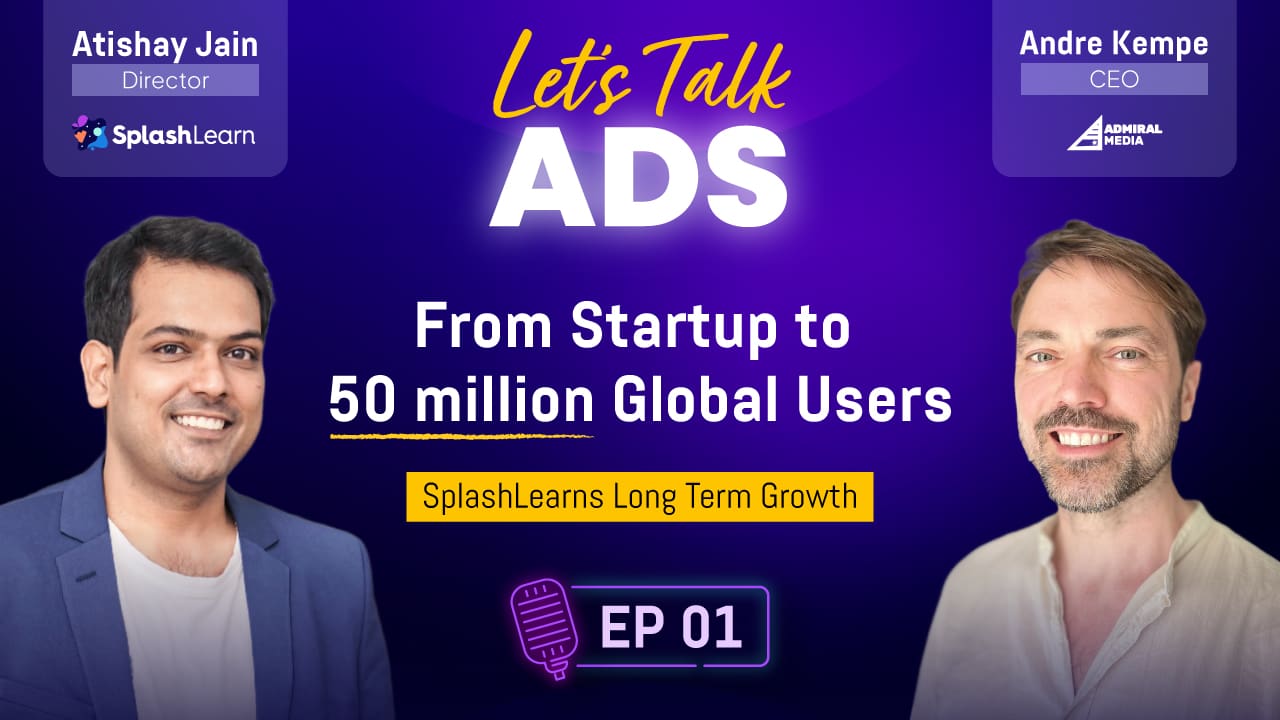Google announced a significant change to its advertising services on April 6, 2023. The internet giant is set to phase out certain rules-based attribution models (if you’ve been in the game for long, you might remember when these rules-based attribution models were the go-to options. Back then, it was all about evenly distributed credit or leaning heavily on the first or last touchpoint) across Google Ads and Google Analytics 4, including first click, linear, time decay, and position-based models. In place of these models, Google will prioritize data-driven attribution last click, and external attribution.
Table of Contents
This decision is the outcome of a trend toward data-driven attribution models in Google Ads. With the now-dominant model accounting for the vast majority of conversions used for automated bidding.
Let’s start with understanding the key terms
Think of these models as players in a football game. Each playing a different role but all critical in scoring that conversion goal. Attribution models are tools that allow advertisers to determine which marketing touch points contribute to a user’s conversion. Each model assigns different levels of credit to various interactions a customer has with an ad.
First click model:
- This model assigns 100% of the conversion credit to the first interaction a potential customer has with an ad.
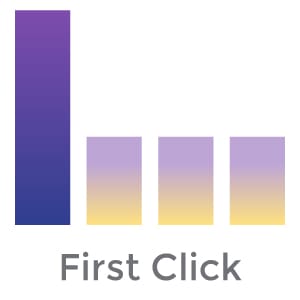 Linear model:
Linear model:
- The linear attribution model assigns equal credit to all interactions that a customer has with an ad throughout their journey.
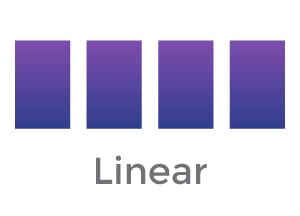 Time decay model:
Time decay model:
- This model gives more credit to the interactions closer to the conversion, with the idea that the most recent interactions had a greater influence on the final decision.
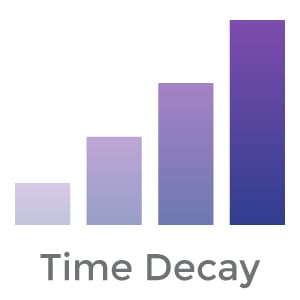 Position-based model:
Position-based model:
- This model assigns 40% of the credit to both the first and the last interaction, with the remaining 20% spread across the other touch points.
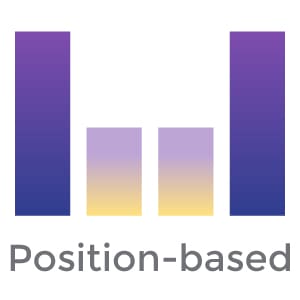

Why is Google phasing out attribution models??
Now, as a seasoned marketer, it can be challenging to adapt to these shifts in the digital advertising landscape. Google’s decision to phase out the first click, linear, time decay, and position-based models comes from an observed shift in user behaviour. Today, less than 3% of Google Ads web conversions are attributed using these models. Google recognized that these rules-based models lacked the flexibility needed to adapt to changing consumer behaviour. As a result, they’ve moved to make data-driven attribution the default model in Google Ads and Google Analytics 4. The data-driven model, combined with auto-bidding, has shown to improve performance, as it uses AI to better understand the impact each touchpoint has on a conversion.
Last year, for example, Mercedes-Benz Germany drove growth by implementing Smart Bidding with data-driven attribution. Originally, the company ran conversions using a last-click attribution model. They sat up an experiment across multiple campaigns to test which bidding strategy, Maximize conversions or Maximize clicks, would perform better with data-driven attribution. After running the experiment for six weeks, the campaigns using data-driven attribution with Maximize conversions saw a 37% increase in conversions.
The impact on ongoing campaigns and measurement methods
Just picture running a campaign based on the first-click model, only to find out that the rug has been pulled out from under you and you need to switch gears. Starting in June 2023, advertisers will not be able to select first click, linear, time decay, and position-based attribution models for new conversion actions in Google Ads. By September 2023, any conversion actions still using these models will automatically switch to data-driven attribution.
If you prefer not to use data-driven attribution, you can opt for the last click model. After this transition, the phased-out models will also be removed from reporting across Google Ads. Including the Overview page and the Model comparison report within the Attribution tab. However, as an advertiser you can consider using other tools to perform your own data analysis. For instance, you can move Google Ads data into a data warehouse for more detailed analysis.
The impact on a Marketer’s Work
You, as a marketer will have to adjust your strategy and reporting practices. The phased-out models will no longer be available for analysis or for making strategic decisions. This means that if you have relied heavily on these models, you will need to familiarize themselves with the remaining attribution models and understand how they can best be utilized in your marketing efforts.
Benefits of the Change
We’ve seen clients reap the benefits of the data-driven model firsthand. One client, in particular, saw their ROI improve dramatically after they made the switch. Switching to data-driven attribution could provide several benefits. The data-driven model, bolstered by Google’s AI, gives a more nuanced understanding of the conversion process. It can adapt to changing consumer behaviour, which the rules-based models may not capture. This can help you as a marketer, to make more informed decisions about your advertising strategy.
Furthermore, some companies have reported positive experiences with tools that focus on incrementality and cross-channel attribution. Which can be more reliable and adaptive to changing privacy restrictions and user behaviours. These methods can help businesses optimize their spending by focusing on incremental sales and exploring new channels
Wrapping up the Google attribution changes
While Google’s decision to phase out certain attribution models may initially seem disruptive, it presents an opportunity for marketers to explore more dynamic and adaptable measurement tools. As consumer journeys become more complex, a data-driven approach could provide a more accurate understanding of these journeys and help marketers optimize their strategies.

